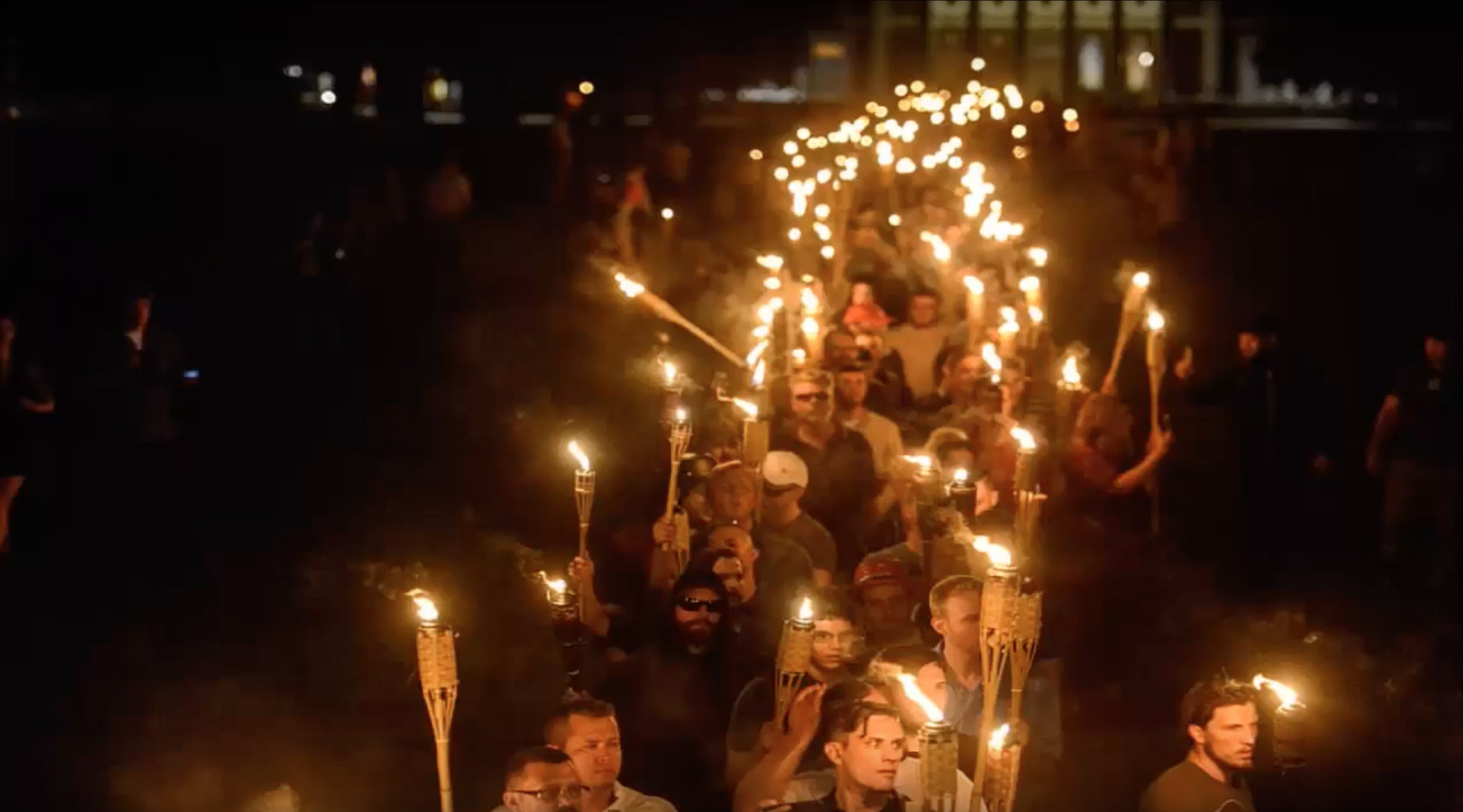Powerful influences tell us to choose a side. Will you be on the left or the right? Blue or red? While that’s not a new idea, recently, it has taken on a whole new intensity. The sides have become dominated by “the radical left” and “the radical right.” The national dialog has become so polarized that the two positions seem to pull everything toward themselves like opposing black holes.
A recent graph featured in the documentary The Social Dilemma visualizes this reality. What is unique about this period of time is that the people occupying the space between political positions have rapidly disappeared, while the spectrum’s extremes have grown dramatically.
Pew Research Center (source)
This diagram is evidence of the strong forces at work vying for control over our opinions and actions. I’m reminded of Joshua as he approached Jericho. An angel with a drawn sword blocked his path, and Joshua asked him, “Are you for us or for our enemies?” The angel’s answer startled him, and it should get our attention too. “Neither,” the angel said. In other words, “I’m not on anybody’s side. Get behind me.”
Consider that a position might be called radical, but the extremes are rapidly becoming the norms. The opposition might lob their insults, but for the most part, an ever-increasing group isolated in an echo chamber of rhetoric provides insulation for each side. While everyone is talking about the radical left or the radical right, another place needs to be identified. It’s called the radical gap.
God is looking for people to stand with Him. In Ezekiel 22:30, God said, “So I sought for a man among them who would make a wall, and stand in the gap before Me on behalf of the land, that I should not destroy it; but I found no one.” Standing in the gap is the most radical position you can take because it reaches for others while hanging onto God. We call it the radical gap because those who stand there will take shots from both sides.
In The Dream King, we reveal a powerful picture that illustrates this radical gap position. The Battle of Lockett’s Farm occurred April 6, 1865, on the homestead of my ancestors, and it was General Lee’s last battle of the American Civil War before he surrendered on April 9. The following is a historical excerpt describing the battle scene:
While crossing Sailor’s Creek below the Lockett Farm the traffic became so heavy that the bridge across the creek broke. This required Gordon’s men take a stand on the rise before the Lockett House as the wagon train piled up in the valley below. The event was witnessed by E. Lelia Lockett, then 18. She recalled, “The Confederate army formed a line of battle across the front yard… The cannon was planted on the hill, just in front of the house, facing the approaching Union army, which took a stand just in firing distance of the Confederate army, back of our house… You can see the house was between the two armies.”
The Battle of Lockett’s Farm—April 6, 1865
The Lockett house stood between the two armies that day, and poetically it became a hospital for both sides that night. That impromptu emergency room is an inspiring picture for the church, which is meant to be a place of healing for everyone. The Lockett house, preserved to this day, still has all the bullet holes from the day of fighting. Likewise, standing in the gap will bring some scars from the conflict, but it’s worth the risk.
In a time of broken bridges, let’s take a firm stand, not on one side or the other, but in the gap on behalf of the brothers trying to rip each other to shreds. Join us in the radical gap, and let’s pray for the healing of the nation.












